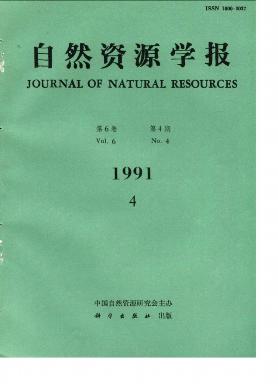Special Column:Celebration of the 70th Anniversary of IGSNRR, CAS
Li Mingsen
The dry valleys, where the annaul mean arridity is 1.3-5.0, and the ecological environment is very unique, intermittently distribute in the valleys of the Jinshajiang, Lanrhangjiang and Nujiang Rivers of the Hengduan mountai is region. Their total length is about 4400 km and their total area is 11000 km', approximately 2.6% of total area of the Hengduan mountain region. According to the difference in thermal conditions from south to north, they can be divided into 4 types, i.e., the hot dry valley, the warm dry valley, the temperate dry valley and the cool dry valley.The various suitability and high poten'ial productivity of the land resources cause these dry valleys to become areas of dense population and prosperous agriculture in the Hengduan mountains region. But, owing to less land resources suitable for cultivation, obvious soil erosion or land deterioration resulted from unreasonable cultivation and deforestation on slopes, the area of the dry valley is expanded day by day. This threatens the ecological balance of the whole Hengduan mountains region and brings about the intensification of the contradjctions among population, resources and environment. So in short and longer terms, the important management principles and effective measures for improving the ecological environment of the farmland in the dry valley and stabilizing the ecological balance of the Hengduan mountains region are (1) to rationally use and protect the various land resources, (2) to withdraw gradually the cultivated farmland from iteep slopes and expand the area of cash plants on the basis of the development of irrigation, the enhancement of the level of intensive cultivation and the increase in the production of grain, and (3) to protect and improve the vegetation cover of the dry valleys.
